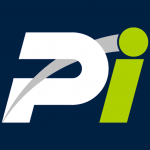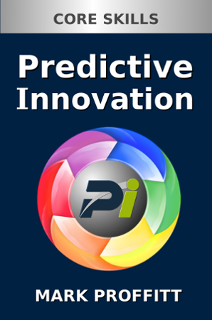Predictive Innovation: Core Skills -- Acknowledgments
My unending gratitude goes to Len Kaplan for wisdom, hard work, and dedication in developing Predictive Innovation. It is the result of his life-long work, which he has not received the credit nor reward he greatly deserves.
Thanks to my Grandmother Martha who, when I was 5 and begged to learn how to read, taught me the system of sounding out the letters. That insight started me on seeking the system behind everything.
Also gratitude to my parents for allowing me the freedom to pursue a real education without school. Without that freedom I would never have gained the knowledge or retained the sanity needed to produce anything of value.
Predictive Innovation incorporates discoveries from very many people who refused to conform and looked for the elegant system responsible for the amazing complexity of the universe. I encourage you to explore their works to help you expand your abilities with Predictive Innovation.
W. Edwards Deming, Statistical Process Control; Genrich Altshuller, TRIZ; Fritz Zwicky, Morphological Analysis; Claude Shannon, Information Theory; Alan Turing, Computational Completeness; Benoit Mandelbrot, Fractals; John Nash, Game Theory; Richard Bandler, Neuro-Linguistic Programming (NLP); all my associates at Apple and everyone else who contributed to Agile; and the entire Open Source Community.
| Table of Contents | Chapter 2 |


